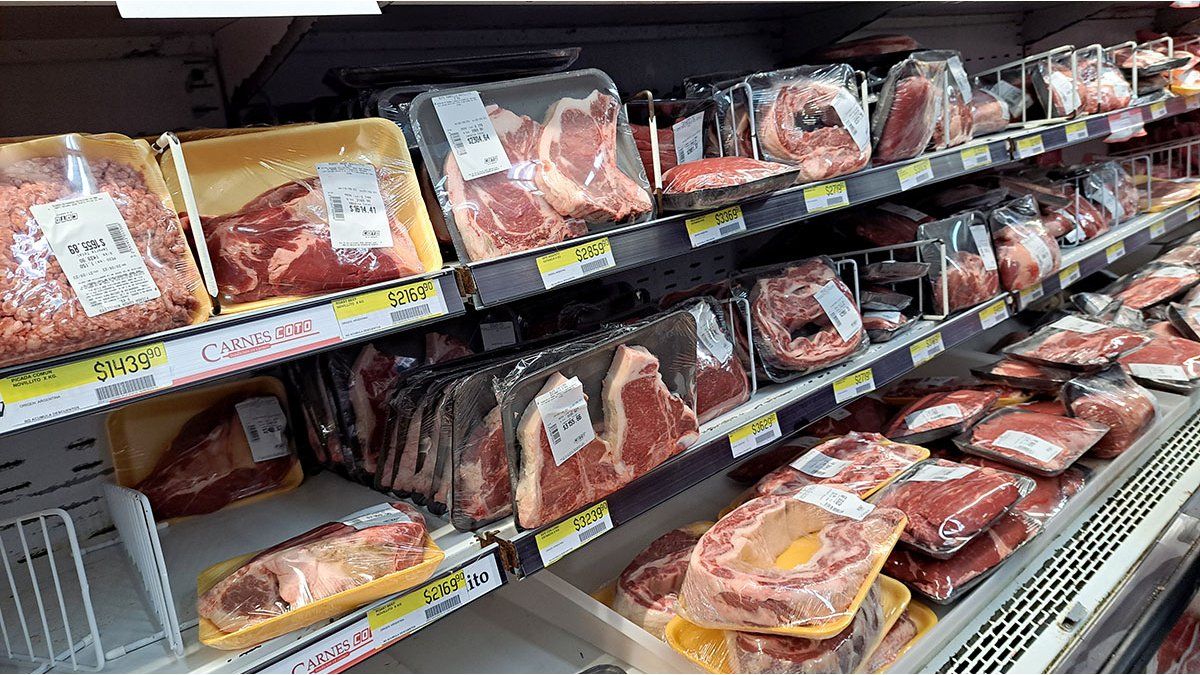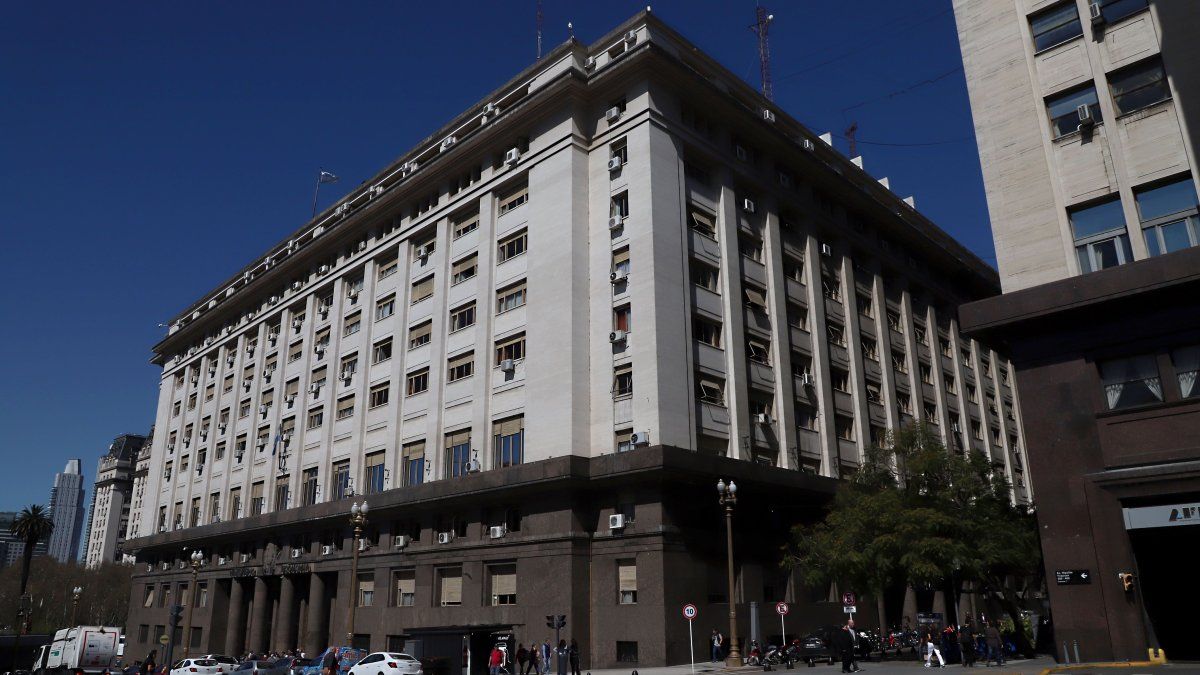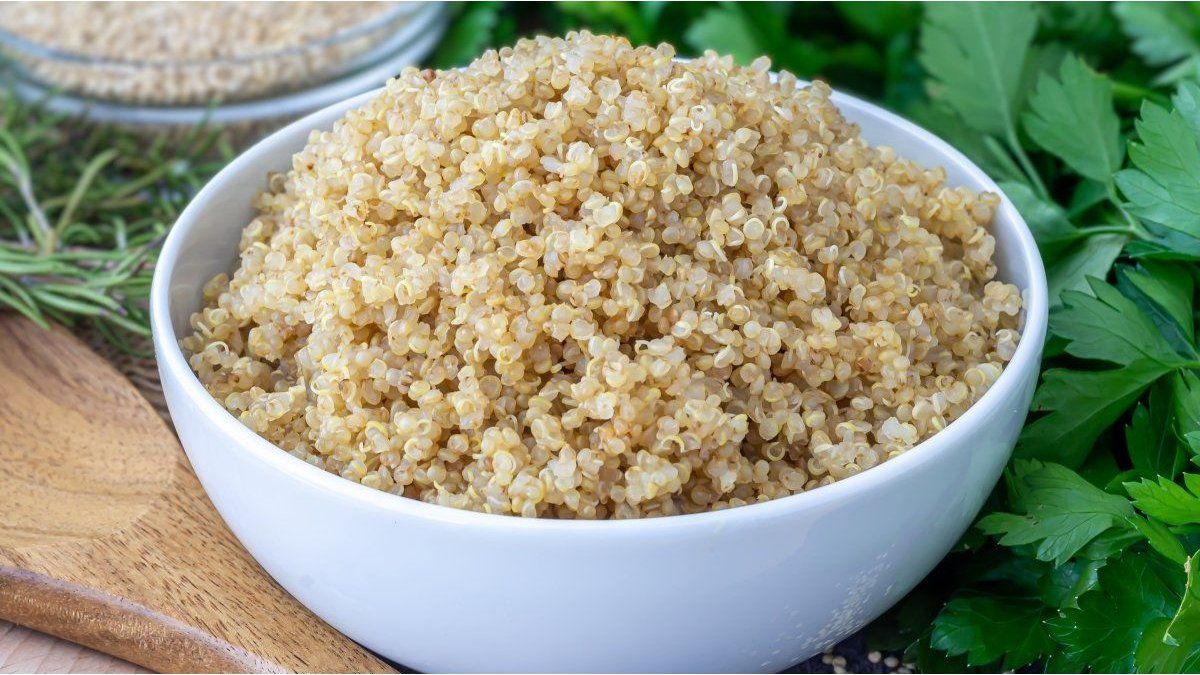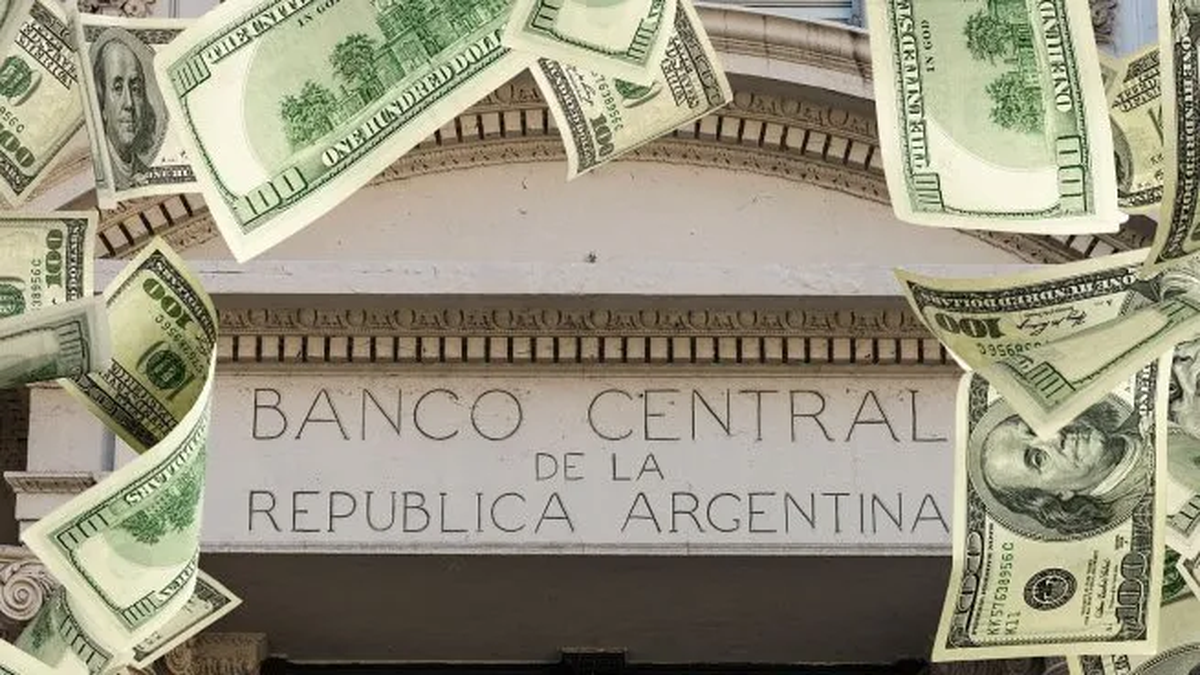“With the September data, The CPI records its two-month period with the greatest variation February-March 1991. Unfortunately, with the latest data, Argentina registers its highest annual inflation in 32 years,” he said. Eugenio MariChief Economist of the Libertad y Progreso Foundation.
The four divisions that were above the general measurement were: Clothing and footwear (15.7%), due to the change of season, Recreation and culture (15.1%), due to increases in cable services, books, newspapers and cinemas, among others; Food and non-alcoholic beverages (14.3%) driven by the price of meat, which increased around 20% and baked goods around 13%; and Restaurants and hotels (13.2%).
September inflation: which products increased the most
Food and non-alcoholic beverages was the division with the highest incidence in all regions, being Patagonia in which it increased the most with 17%, followed by Whose 15.8%, Pampeana 15.2%, Northeast 15.1%, Northwest 14% and G.B.A. 13.2%.
Inside the food division, banana The variation of the item tripled and stood at 46%. Meanwhile, the other products did not exceed 30%, as was the case of White rice which rose 26.4%, butter (+23.6%), fine salt (+21.2%), cooked ham (+18.4%), whole chicken (+18.2%), orange (+17.8%) and square (+17.6%).
Fruits Vegetables Consumption Inflation Basic Basket
Mariano Fuchila
As explained Maria Castiglioni of C&T Associates to Ambit Inflation had “a strong boost from what were the first weeks of September in meats, fruits, oils and baked goods.” Although after the second fortnight and at the beginning of October there was a “slowdown”, “but now it is accelerating again.”
“Inflation came with a very strong drag from August”, highlighted the economist. That month, after the primary elections and the 20% devaluation of the peso, inflation shot up to 12.4%, a 32-year high. In addition, Isaac Rudnik director of the Social, Economic and Political Research Institute (ISEPCi), agreed that “it is a continuation of an upward trend that has not changed.”
The variation in prices, with food up 14%, – for Rudnik – is a “continuity of blows to the pockets of workers”, since the “compensatory” measures launched by the Minister of Economy Sergio Massa after the devaluation, ” do not compensate for these increases.
Source: Ambito




